Breeding
Calving is progressing well with only 4 cows left to calve. Aonghusa has been very happy with this year’s calving season this year, and aside from assisting a few cows calving he has not had any major issues. Cows were turned out to grass full time with their calves shortly after calving with the good weather and ground conditions, which has reduced the risk of scours and disease in the calves.

Figure 1: Cows and calves at grass
Aonghusa’s attention is now turning towards this year’s breeding season which will start from the 24th of April. He has 2 cows picked out for culling due to age, which leaves him with 30 cows and 8 heifers for breeding, with the aim of calving 32 females next spring.
This year Aonghusa will be using 100% AI and plans to breed his own replacements. He has a vasectomised bull ready to run with the herd and is considering synchronising the heifers.
The herd is €112 on the replacement index, with 16kg for carcass weight, 7.1kg for daughter milk, -0.6 days on daughter calving interval and 0.04 on docility. Aonghusa’s aim is to breed good maternal females with a slightly higher carcass weight and to maintain the milk in the herd. Calving difficulty is also an important consideration when picking bulls as he is working full time off farm.
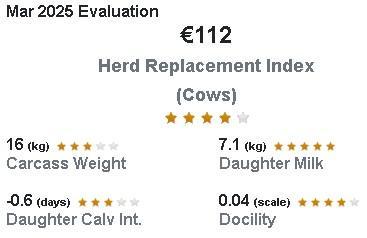
Figure 2: Eurostar traits for Aonghusa’s herd
The bulls that suits Aonghusa’s breeding policy are as follows;
- For heifers: AA4315 and Erebos (LM6172)
- For breeding replacements: Derreen Jack (SI4950), Jalabert, Erebos (LM6172)
- For non-replacements: CH4491, Hideal, Gamin (ZGM) for second calvers, Jalabert
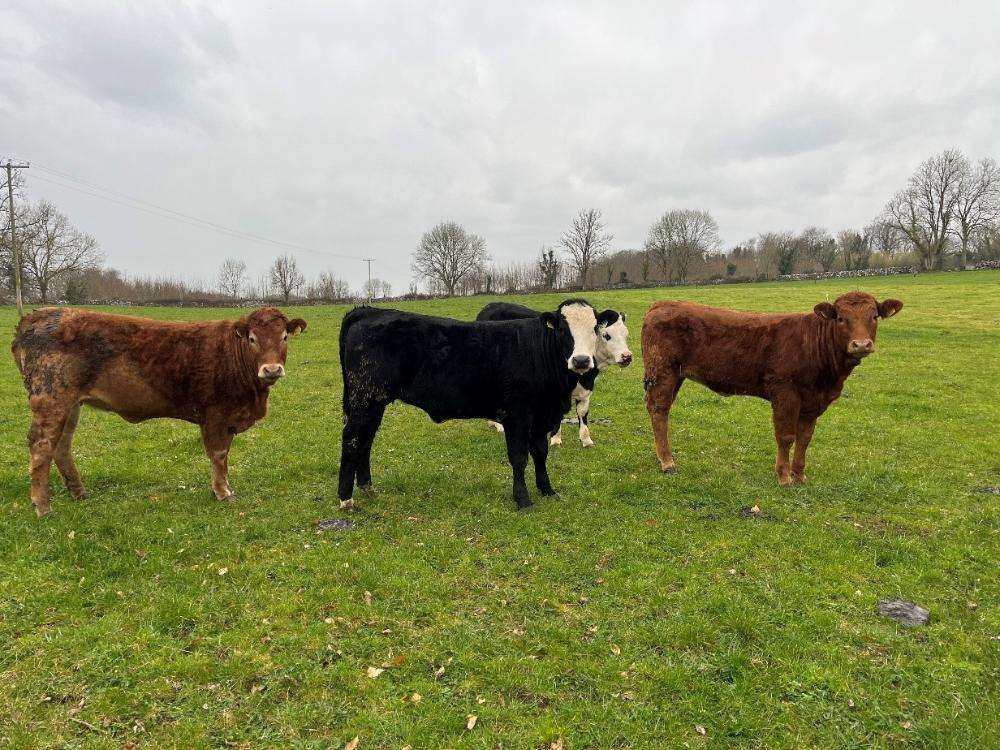
Figure 3: Some of this year’s replacement heifers
Aonghusa picked his best cows based on their replacement index and daughter milk figures.
One of the replacement bulls is Derreen Jack (SI4950) who has the following Eurostar figures:
- €129 on the replacement index
- €77 on the terminal index
- 9% cow calving difficulty at 97% reliability
- 8kg carcass weight
- 82 carcass conformation
- 6kg daughter milk
- -1.65 days daughter calving interval
- -5.12 days on age at finish
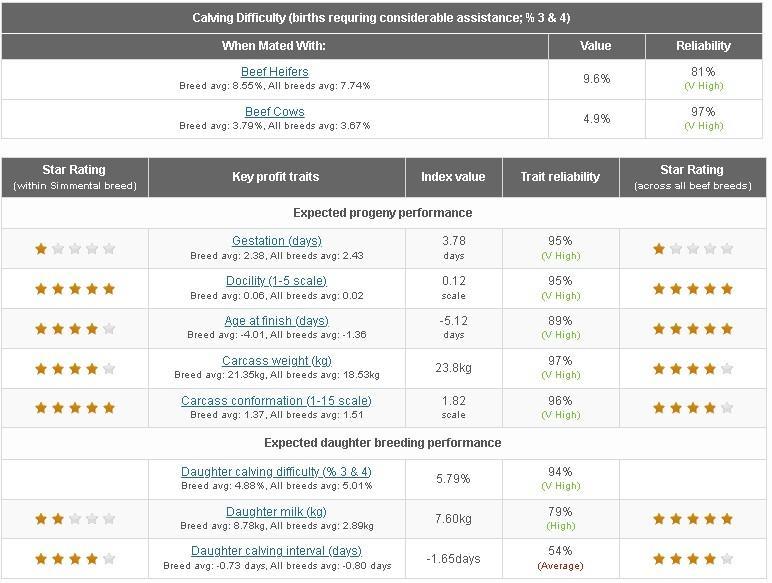
Figure 4: Eurostar traits for SI4950 (Source: ICBF)
One of the terminal bulls he has picked is Gamin (ZGM) who is as follows;
- €140 on the replacement index
- €140 on the terminal index
- 5% on cow calving difficulty at 99% reliability
- 3 kg carcass weight
- 61 carcass conformation
- -5.25 days on age at finish
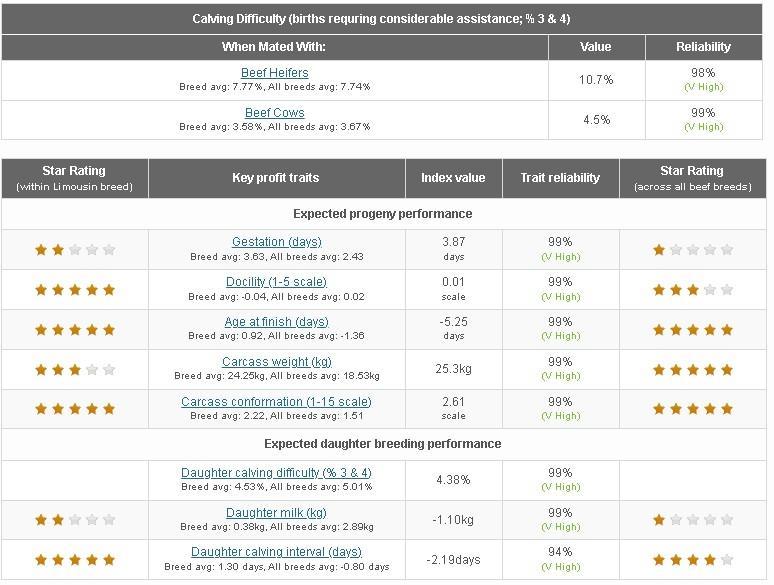
Figure 5: Eurostar traits for ZGM (Source: ICBF)
Grassland
Recently, Aonghusa welcomed Agricultural Science students from Clarin College, Athenry and the Presentation Athenry secondary schools to his farm to highlight some of the sustainable changes he has made—starting with his switch from CAN (Calcium Ammonium Nitrate) to protected urea fertiliser.
Aonghusa made the change over four years ago and has seen both environmental and financial benefits:
- Lower workload: With a higher nitrogen content, protected urea requires fewer spreader runs
- Ease of use: Easy to calibrate with existing fertiliser equipment
- Cost-effective: Up to 22c cheaper per kg of nitrogen
- Flexible blends: Can purchase blends containing Sulphur (S) and Potassium (K) as needed
- Reduced emissions:
- 71% less nitrous oxide than CAN
- 78% less ammonia loss compared to standard urea
- Suitable for summer spreading, unlike straight urea which carries higher nitrogen loss risk
By adopting protected urea, Aonghusa is improving fertiliser efficiency, lowering input costs, and contributing to climate-smart beef farming in Ireland. He spread 23 units/acre of protected urea on his grazing ground in late February, followed by 2500 gallons of slurry/acre in March and spread another 20 units/acre of protected urea for his April application.

Figure 6: Slurry was spread on 21st March
While grazing conditions and utilisation have been excellent, grass re-growths are slow and Aonghusa is slowing down the rotation by feeding silage to cows and calves. He progressed quickly through the first round of grazing and knew he would run tight before the first round was due to end on 19th April. He tracked this on the spring rotation planner on Pasturebase (see below).
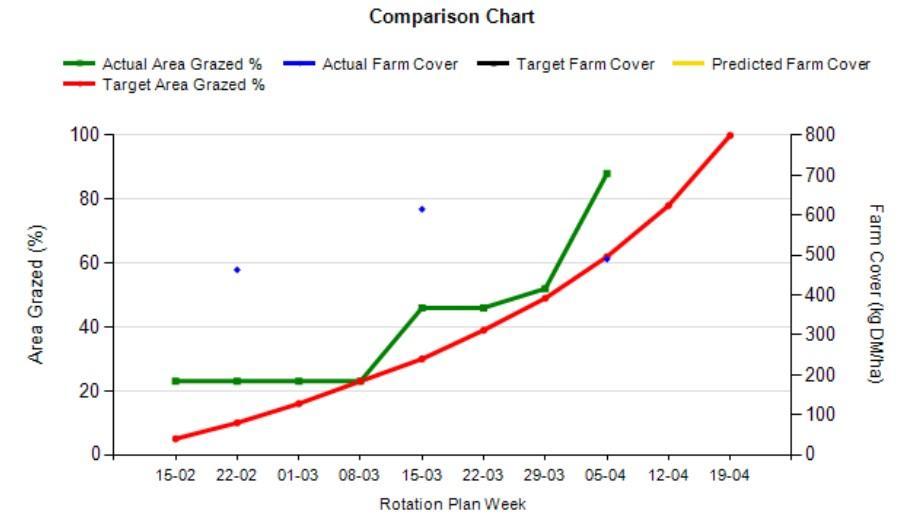
Figure 7: Spring rotation planner for Aonghusa’s farm
Aonghusa’s last grass cover on 3rd April shows that he is in a good position after feeding silage. The farm cover is low at 490 kg DM/ha but there are 22 days of grass ahead on the farm. Growth is holding at 14 kg DM/ha and demand is 22 kg DM/ha so Aonghusa will continue to feed silage and assess the situation again at his next farm walk.
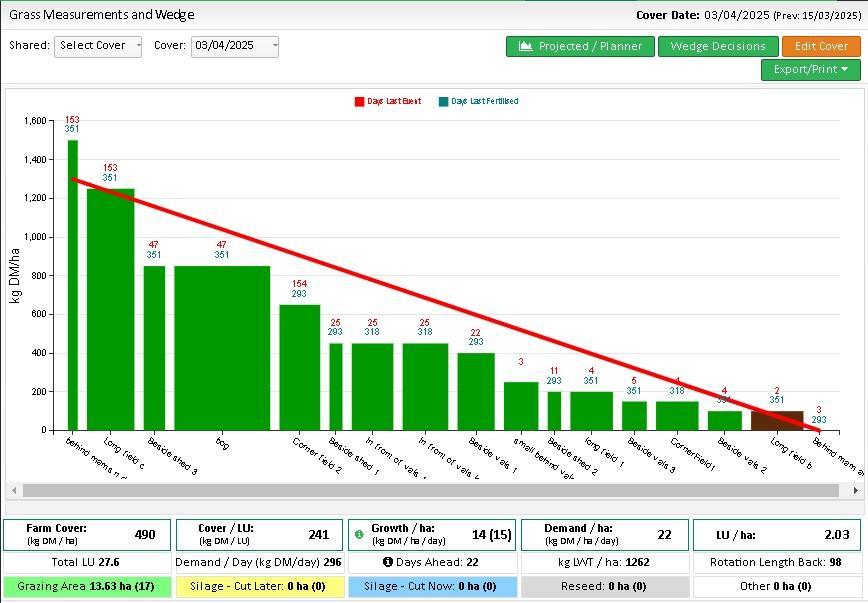
Figure 8: Grass wedge on 3rd April 2025
Performance
Aonghusa weighed the yearlings on 28th February and noticed that their weights were much lower than expected. The 2024 born bullocks (15) averaged 354kg but only gained 0.05kg/day since 20th December. The heifers (9) averaged 338kg but only gained 0.04kg/day during the same period.
They looked okay visually and were eating good quality silage with up to 2kg ration/head/day over the winter. Aonghusa carried out a FEC sample test and they showed a high positive result for rumen fluke. He treated them immediately with Levafas diamond and fed them dry silage for 2-3 days afterwards. They were not treated for rumen fluke at housing as it is not typically an issue on the farm and is not detected in FEC sample tests until about 12 weeks after it is ingested. This is something that Aonghusa will be aware of for next winter and it can be factored in to his winter housing plan. The yearlings have since been turned out to grass full time.
Meanwhile 3 of the finishing heifers were sold to the factory on 28th March. They were 24 months of age on average and were 282 kg carcass weight. They graded R+3= on average and came into €2143/head at a flat rate of €7.60/kg which Aonghusa was very happy with. The remainder are being fed kg/head/day of ration and will be drafted for the factory as they come fit. Aonghusa plans to keep one heifer for himself so she will go to a local butcher for processing.
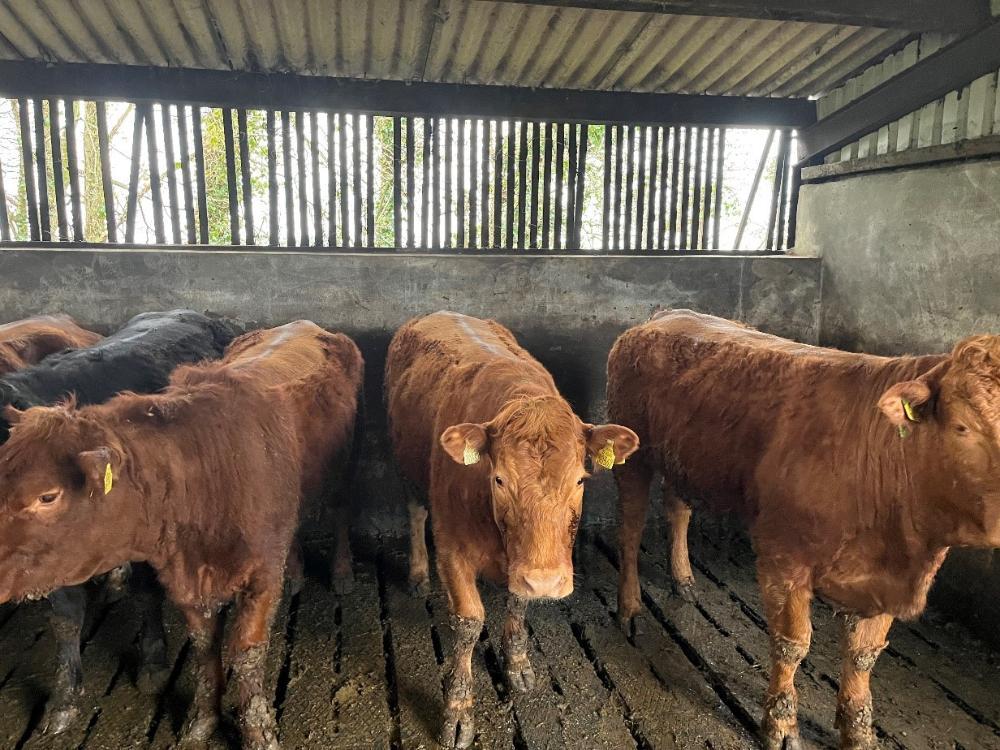
Figure 9: Some of the finishing heifers
